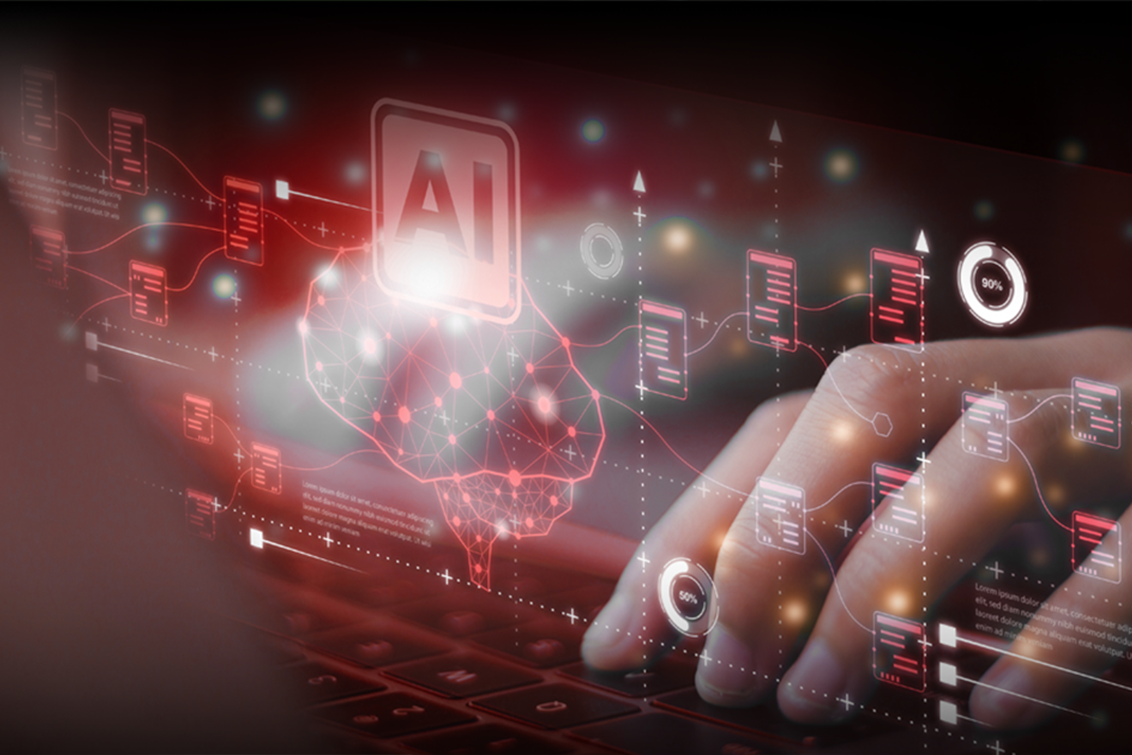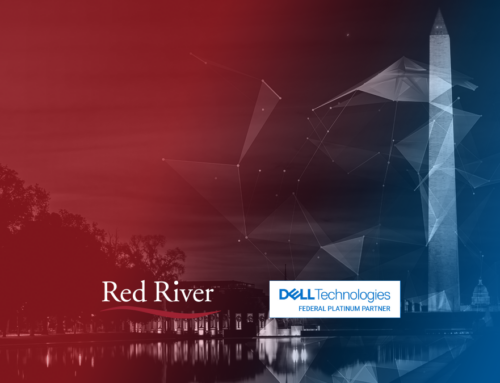
What GTC 2025 Means for Your AI Strategy: Four Key Insights for IT and Business Leaders
I joined thousands of technologists and business leaders at NVIDIA’s GTC 2025 last week and had the chance to explore the latest in AI, infrastructure and enterprise innovation. Here’s a quick summary of the most important takeaways and what they mean for IT decision-makers and business leaders that are looking to harness the power of AI.
1. Tariffs & Policy Headwinds Are Slowing Infrastructure Purchases
Tariffs and new government mandates (including but not limited to DOGE) are impacting IT budgets and procurement strategies.
- Expect potential price increases on servers as OEMs adjust to tariffs.
- Public sector is already showing slowdowns, DOGE is influencing 10-15% of the total market.
Takeaway: Plan now and reassess your infrastructure roadmap to minimize risk, review existing features that are underutilized and avoid surprises later this year.
2. AI Infrastructure Is Changing Fast
NVIDIA’s new Blackwell Ultra platform is a game-changer for AI but comes with other challenges including:
- The need for more power and increased cooling requirements
- Reconfiguring deployment strategies to account for high-density AI environments
Takeaway: As AI infrastructure gets more powerful, it gets more complex. Start evaluating your readiness for next-gen deployments from power and cooling to rack space and edge integration.
3. Inference Will Be the Heart of Enterprise AI
According to NVIDIA, inference workloads will drive 95% of future AI demand. That means the real value in enterprise AI will come from applying trained models in real-time to a range of operational demands ranging from fraud detection to customer support to predictive maintenance.
Takeaway: Prioritize real-time AI applications and explore architectures that can support low-latency, scalable inference at the edge, in the cloud or on-prem.
4. AI Talent Gaps Are Slowing Progress
Many enterprises have already invested in AI hardware but much of it is underutilized due to a lack of internal expertise.
Takeaway: Now is the time to bring in external partners to help close the gap—consulting, integration or managed services can get the most out of your investments and deliver value faster.
Final Thoughts
GTC 2025 confirmed what we already knew and uncovered some key takeaways that can help IT decision makers get ahead.AI is moving fast and the winners will be those who can adapt quickly, plan strategically and act clearly – effectively closing the gap in AI infrastructure deployment and expertise
Want to dive deeper into these topics? From building a scalable AI infrastructure and operationalizing AI to public sector and DoD requirements, Red River is ready to support you no matter what stage of AI readiness you are in. Contact us at [email protected].
— Austin Boone
GTC 2025 Attendee & AI Infrastructure Enthusiast
About the Author
Austin Boone is the AI, Data and Analytics Practice Lead and Principal Design Architect at Red River. With over 23 years of experience as a U.S. Army Warrant Officer, Austin has led mission-critical technology initiatives across Special Operations, Space, Cyber and emerging technology programs. He has deep expertise in enterprise AI integration, data engineering and hybrid-cloud infrastructure. His work has supported digital transformation efforts DoD-wide, including key roles at Army Futures Command, the Army Software Factory and USSOCOM. Austin brings a unique blend of operational insight and technical leadership to every challenge he takes on.
written by
Austin Boone
Austin Boone is the Practice Lead of AI at Red River. As a seasoned IT professional with over 20 years of experience, he specializes in strategic leadership and using technology to deliver business value. Connect with Austin on LinkedIn.




